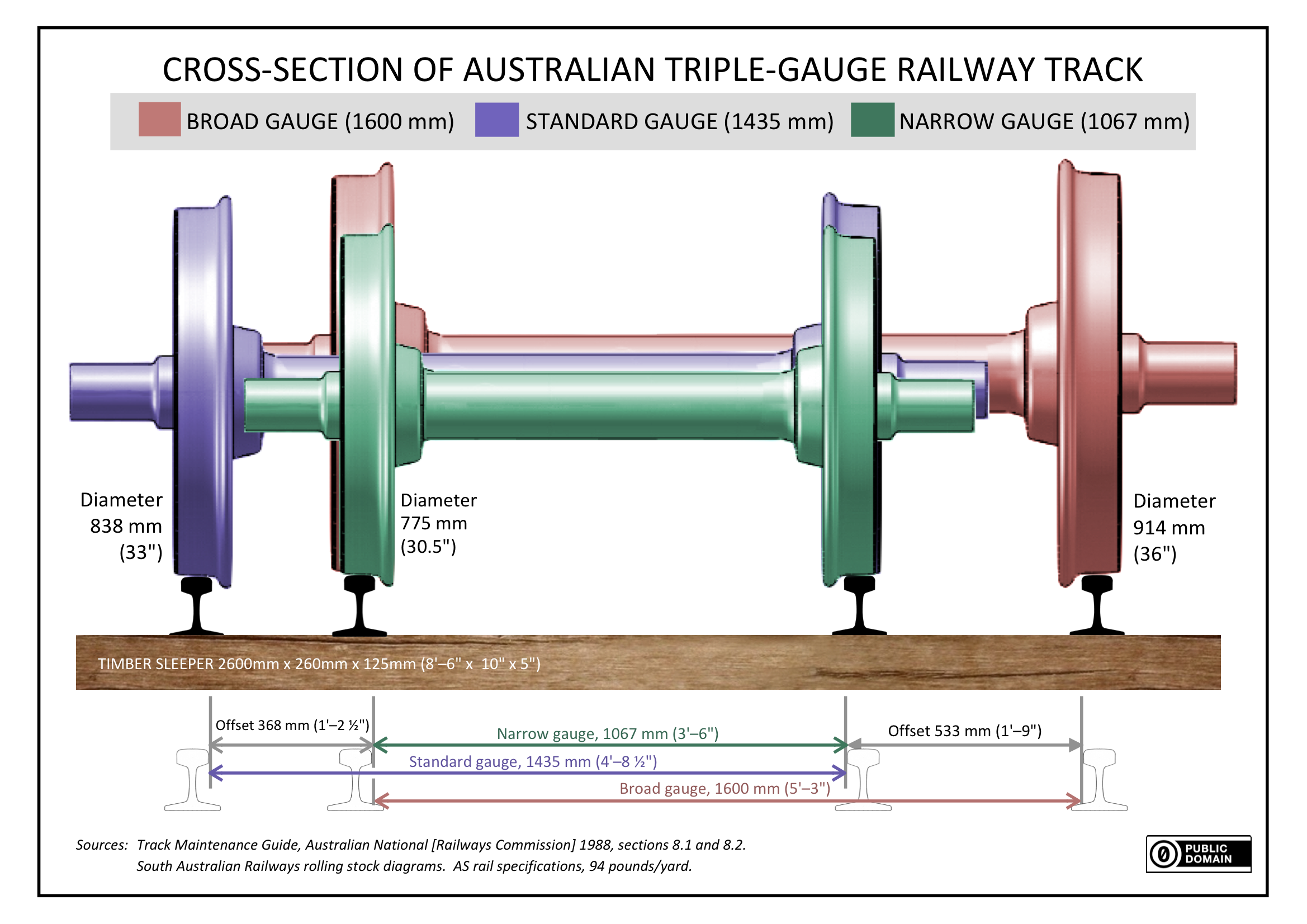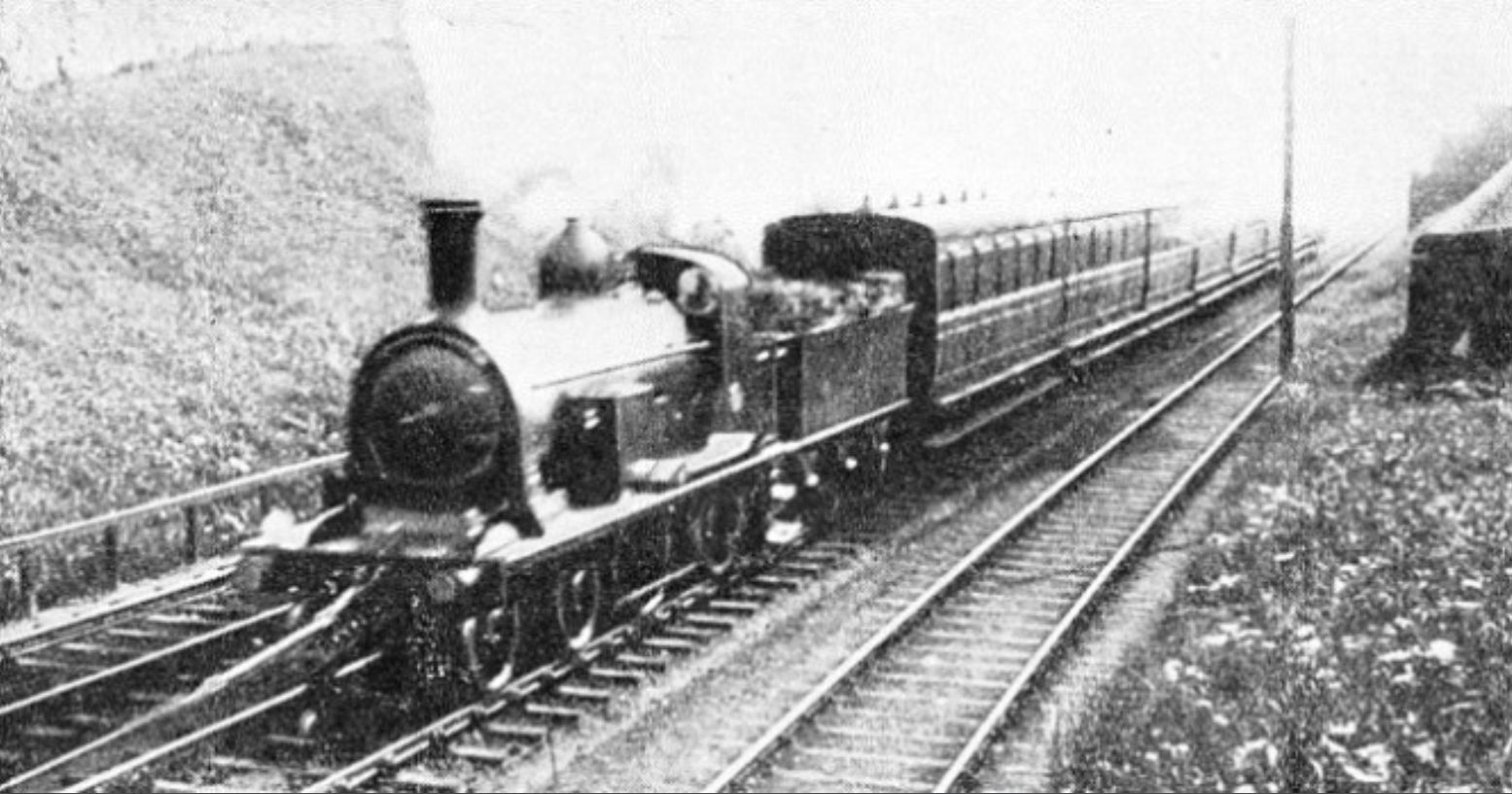|
Mineral Railways Of Dunfermline
Several mineral railways were constructed around Dunfermline in western Fife, Scotland, in the eighteenth century and later. Their purpose was to convey minerals to market from the outcropping coal deposits that had encouraged industrial activity in the area from an early date. Several waggonways were built: the Fordell Railway, the Elgin Railway, the Halbeath Railway and others, with the objective of connecting collieries and quarries with harbours on the Firth of Forth. The Elgin Railway carried passengers from 1833 and formed the core of the Charlestown Railway and Harbour company, and finally in 1856 the West of Fife Mineral Railway was founded to build new lines. The Charleston and West of Fife companies combined to form the West of Fife Railway and Harbour. All the lines have ceased to exist, except that a short section of the Charlestown line forms part of the Inverkeithing to Dunfermline line. Background, limestone and coal Coal deposits had been worked in the area clo ... [...More Info...] [...Related Items...] OR: [Wikipedia] [Google] [Baidu] |
Limekilns
Limekilns is a historic coastal village in Fife, Scotland. It lies on the shore of the Firth of Forth, around south of Dunfermline and 13 miles (21km) northwest of Edinburgh. Limekilns has a medieval past as a fishing village, dating back to the 14th century. The town gets its name from its 18th century limestone industry, with lime kilns still found at the near contingent town of Charlestown. Today, the town is popular with tourists and is home to 40 listed buildings by Historic Scotland. The population is 1,450 (2020) History and economy Unlike the neighbouring village of Charlestown, Limekilns is an old settlement dating back to the 14th century. In its early days Limekilns was mainly a fishing village, with the large natural harbour, sheltered by the rocky ridge known as The Ghauts, providing docking facilities for small to medium transport and cargo ships. From here ships traded with the ports in the Baltic Sea and France until the seventeenth century when the Union ... [...More Info...] [...Related Items...] OR: [Wikipedia] [Google] [Baidu] |
Mineral Railway
An industrial railway is a type of railway (usually private) that is not available for public transportation and is used exclusively to serve a particular industrial, logistics, or military site. In regions of the world influenced by British railway culture and management practices, they are often referred to as tramways (which are distinct from trams or streetcars, a passenger technology). Industrial railways may connect the site to public freight networks through sidings, or may be isolated (sometimes very far away from public rail or surface roads) or located entirely within a served property. Overview Industrial railways were once very common, but with the rise of road transport, their numbers have greatly diminished. An example of an industrial railway would transport bulk goods, for example clay from a quarry or coal from a mine, to an interchange point, called an exchange siding, with a main line railway, onwards from where it would be transported to its final dest ... [...More Info...] [...Related Items...] OR: [Wikipedia] [Google] [Baidu] |
William Brown (mining Engineer)
William Brown (1717–1782) – or William Brown of Throckley as he was sometimes known – was an English mining engineer, waggonway constructor and steam engine builder who played a major role in the development of the coal mining industry in the North East of England and also elsewhere in Britain and Ireland. Early life Brown was born at Heddon Pit House, Heddon-on-the-Wall, Northumberland in 1717, the son of William Brown and Ann (or Agnes) Watson, the daughter of Lewis and Jane Watson of Throckley Pit House. William Brown senior was involved with local mines, though exactly how is uncertain. Lewis Watson died in 1732 and around then the Brown family moved the short distance from Heddon to Throckley, where they lived for the next forty or so years. William Brown senior then became the tenant of Throckley Colliery. William Brown the son worked in mines in the 1730s and 1740s, but again his activities are not known. However, he would have served his apprenticeship in the 173 ... [...More Info...] [...Related Items...] OR: [Wikipedia] [Google] [Baidu] |
23 & 24 Vict
3 (three) is a number, numeral and digit. It is the natural number following 2 and preceding 4, and is the smallest odd prime number and the only prime preceding a square number. It has religious and cultural significance in many societies. Evolution of the Arabic digit The use of three lines to denote the number 3 occurred in many writing systems, including some (like Roman and Chinese numerals) that are still in use. That was also the original representation of 3 in the Brahmic (Indian) numerical notation, its earliest forms aligned vertically. However, during the Gupta Empire the sign was modified by the addition of a curve on each line. The Nāgarī script rotated the lines clockwise, so they appeared horizontally, and ended each line with a short downward stroke on the right. In cursive script, the three strokes were eventually connected to form a glyph resembling a with an additional stroke at the bottom: ३. The Indian digits spread to the Caliphate in the 9t ... [...More Info...] [...Related Items...] OR: [Wikipedia] [Google] [Baidu] |
Steelend
Steelend is a former mining village in West Fife, Scotland, located on the B914 road approximately three-quarters of a mile east of the village of Saline and four miles north-west of Dunfermline. The village is home to a community centre and the Steelend Miners Welfare Club. A church was once located in the village but was demolished in the 1980s. In 1991 it had a population of 320. The now-defunct Steelend Victoria F.C. were based at Woodside Park on the east side of the village until 2013 when the club folded due to financial issues. The name comes from a farm on Saline Hill north of Steelend. A goods railway station once existed to the east of the village on the West of Fife Mineral Railway. The station served the several collieries that once operated nearby to Steelend, which included Sunnybraes Colliery, Saline Valley Colliery, Killernie Colliery and North Steelend Colliery. The public transport serves the village in the form of buses which run to Dunfermline, Falkirk o ... [...More Info...] [...Related Items...] OR: [Wikipedia] [Google] [Baidu] |
Extractivism
Extractivism is the removal of natural resources particularly for export with minimal processing. This economic model is common throughout the Global South and the Arctic region, but also happens in some sacrifice zones in the Global North in European extractivism. The concept was coined in Portuguese as "extractivismo" in 1996 to describe the for-profit exploitation of forest resources in Brazil. Many actors are involved in the process of extractivism. These mainly include Multinational corporation, transnational corporations (TNCs) as the main players, but are not limited to them, because they also include the government and some (chiefly economic) community members. Trends have demonstrated that countries do not often extract their own resources; extraction is often led from abroad. Extractivism is controversial because it exists at the intersection where economic growth and environmental protection meet. This intersection is known as the green economy. Extractivism has evolve ... [...More Info...] [...Related Items...] OR: [Wikipedia] [Google] [Baidu] |
West Of Fife Rly
West is one of the four cardinal directions or points of the compass. It is the opposite direction from east and is the direction in which the Sun sets on the Earth. Etymology The word "west" is a Germanic word passed into some Romance languages (''ouest'' in French, ''oest'' in Catalan, ''ovest'' in Italian, ''vest'' in Romanian, ''oeste'' in Spanish and Portuguese). As in other languages, the word formation stems from the fact that west is the direction of the setting sun in the evening: 'west' derives from the Indo-European root ''*wes'' reduced from ''*wes-pero'' 'evening, night', cognate with Ancient Greek ἕσπερος hesperos 'evening; evening star; western' and Latin vesper 'evening; west'. Examples of the same formation in other languages include Latin occidens 'west' from occidō 'to go down, to set' and Hebrew מַעֲרָב (maarav) 'west' from עֶרֶב (erev) 'evening'. West is sometimes abbreviated as W. Navigation To go west using a compass for navigati ... [...More Info...] [...Related Items...] OR: [Wikipedia] [Google] [Baidu] |
19 & 20 Vict
Nineteen or 19 may refer to: * 19 (number) * One of the years 19 BC, AD 19, 1919, 2019 Films * ''19'' (film), a 2001 Japanese film * ''Nineteen'' (1987 film), a 1987 science fiction film * '' 19-Nineteen'', a 2009 South Korean film * '' Diciannove'', a 2024 Italian drama film informally referred to as "Nineteen" in some sources Science * Potassium, an alkali metal * 19 Fortuna, an asteroid Music * 19 (band), a Japanese pop music duo Albums * ''19'' (Adele album), 2008 * ''19'', a 2003 album by Alsou * ''19'', a 2006 album by Evan Yo * ''19'', a 2018 album by MHD * ''19'', one half of the double album '' 63/19'' by Kool A.D. * ''Number Nineteen'', a 1971 album by American jazz pianist Mal Waldron * ''XIX'' (EP), a 2019 EP by 1the9 Songs * "19" (song), a 1985 song by British musician Paul Hardcastle * "Stone in Focus", officially "#19", a composition by Aphex Twin * "Nineteen", a song from the 1992 album ''Refugee'' by Bad4Good * "Nineteen", a song from th ... [...More Info...] [...Related Items...] OR: [Wikipedia] [Google] [Baidu] |
Dual Gauge
Dual gauge railroad track has three or four rails, allowing vehicles of two track gauges to run on it. Signalling and sidings are more expensive to install on dual gauge tracks than on two single gauge tracks. Dual gauge is used when there is not enough room for two single tracks or when tracks of two different gauges meet in marshalling yards or train stations. Background The rail gauge is the most fundamental specification of a railway. Rail tracks and Wheelset (rail transport), wheelsets are built within engineering tolerances that allow optimum lateral movement of the wheelsets between the rails. Pairs of rails that become too wide or narrow in gauge will cause derailments, especially if in excess of normal gauge-widening on curves. Given the requirement for gauge to be within very tight limits, when the designed distance between the pair of wheels on a wheelset differs even slightly from that of others on a railway, track must be built to two specific gauges. That is ... [...More Info...] [...Related Items...] OR: [Wikipedia] [Google] [Baidu] |
Edinburgh And Glasgow Railway
The Edinburgh and Glasgow Railway was authorised by act of Parliament on 4 July 1838. It was opened to passenger traffic on 21 February 1842, between its Glasgow Queen Street railway station (sometimes referred to at first as Dundas Street) and Haymarket railway station in Edinburgh. Construction cost £1,200,000 for 46 miles (74 km). The intermediate stations were at Corstorphine (later Saughton), Gogar, Ratho, Winchburgh, Linlithgow, Polmont, Falkirk, Castlecary, Croy, Kirkintilloch (later Lenzie) and Bishopbriggs. There was a ticket platform at Cowlairs. The line was extended eastwards from Haymarket to North Bridge in 1846, and a joint station for connection with the North British Railway was opened on what is now Edinburgh Waverley railway station in 1847. Patronage on the line quickly reached double the railway's initial estimates, and by 1850 58 locomotives and 216 coaches were needed to handle the traffic. Goods traffic started in March 1842 and slo ... [...More Info...] [...Related Items...] OR: [Wikipedia] [Google] [Baidu] |




